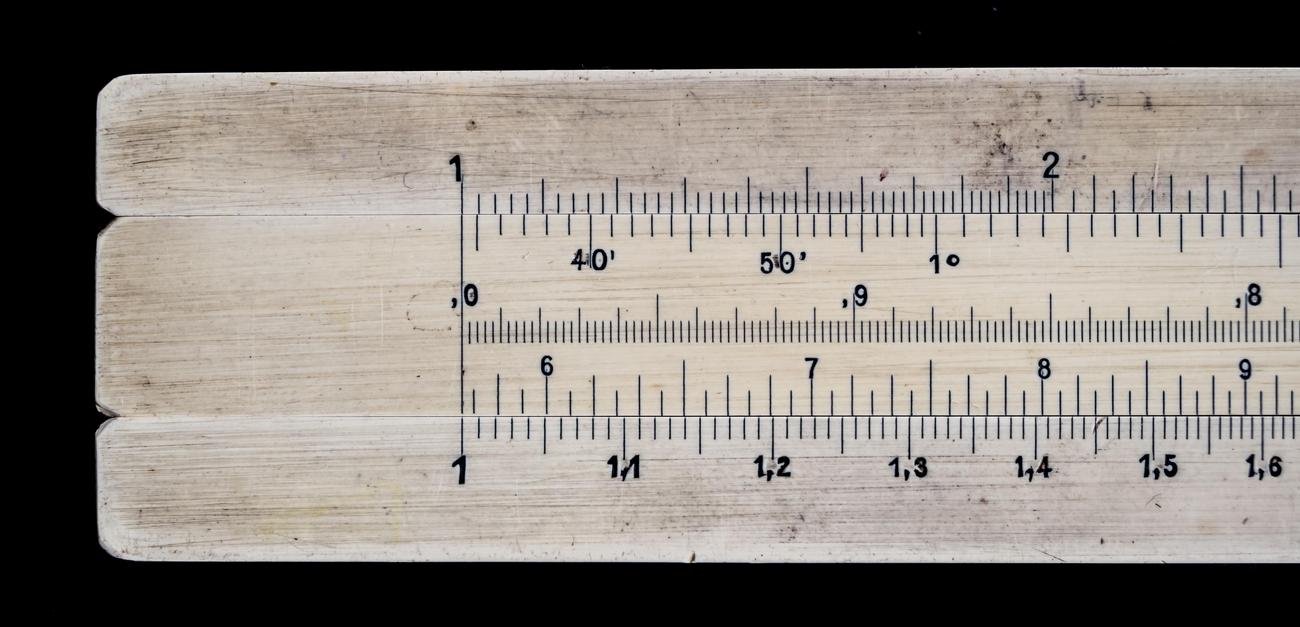Demystifying Translation in Math: Essential Facts

As an accomplished mathematician with years of teaching experience, I possess a profound grasp of the complexities involved in translating mathematical concepts. With a rigorous academic background in mathematics, my expertise extends beyond solving intricate problems to effectively communicating these solutions in a concise and accessible manner. I am deeply committed to promoting mathematical literacy and believe that understanding the process of translation is crucial to mastering the field. In this article, we will explore key facts about translation in math, unraveling its mysteries and providing readers with a comprehensive understanding of its fundamental principles.
Facts About Translation in Math
When it comes to understanding math, translation plays a significant role in geometry. It’s the process of moving a shape from one location to another without altering its size, angles, or direction. Imagine carrying an object from point A to point B without changing its properties – that’s translation in math. Let’s dive into this essential concept and demystify its fundamental facts.
1. The Basics of Translation
To grasp the concept of translation, it’s crucial to understand its fundamental elements. In translation, we have two key terms: the pre-image and the image. The pre-image refers to the original shape, while the image is the shape created by moving the pre-image. The key here is that the image and the pre-image are congruent, meaning they have the same size and shape.
2. Describing Translation
How do we describe the movement of a shape during translation? It’s all about understanding the language of math. We use coordinates on a plane to represent the position of each vertex. For example, a shape can be shifted 5 units to the right and 2 units down. In translation, every vertex of the shape moves the same number of units in the specified direction.
3. No Reflection or Rotation
It’s important to note that translation does not involve reflection or rotation. Unlike other transformations, such as reflection (flipping a shape) or rotation (turning a shape), translation solely focuses on shifting the shape without altering its angles, lengths, or orientation. The translated shape retains its original properties and simply moves to a different location on the coordinate plane.
4. Movement on the Coordinate Plane
Speaking of the coordinate plane, translation is a concept that finds practical use in describing the movement of objects in this mathematical space. By utilizing coordinates and vectors, we can precisely determine the translation of a shape. Think of it as giving directions to the shape to move it to a new location.
5. The Symmetry of Translation
One intriguing aspect of translation is that it preserves symmetry. If a shape has any symmetrical properties, such as line symmetry or rotational symmetry, those properties will remain intact after translation. The translated shape retains all its original symmetrical characteristics, showcasing the beauty of mathematical transformations.
In summary, understanding translation in math is key to navigating the world of geometry. By demystifying its essential facts, we can delve into the intricacies of moving shapes without altering their fundamental properties. Translation allows us to describe the movement of objects on the coordinate plane, all while preserving symmetry and maintaining mathematical precision. So the next time you hear the term “translation” in math, remember that it’s all about moving shapes while keeping their essence intact. As translator extraordinaire, you hold the power to unravel the secrets of mathematics through the art of translation!
Translation is a fascinating field with so many amazing facts waiting to be discovered. Did you know that word-for-word translations don’t always capture the true essence of a language? If you’re curious to learn more about these intriguing facts about translation, click here to unravel the secrets behind the art of conveying meaning across different languages.
Understanding Geometry Translations: Move Shapes Without Changing Size or Direction
[youtube v=”j87gj_KH9pA”]
In the world of geometry, translation is a fundamental concept that allows us to move shapes from one location to another without altering their size, angles, or orientation. It’s like sliding a skateboard on the pavement; the shape is simply shifting without any changes to its fundamental characteristics.
Key Terms: Pre-Image and Image
When discussing translation in geometry, we often refer to two essential terms: the pre-image and the image. The pre-image is the original shape, while the image is the shape created by moving the pre-image. The fascinating thing about translations is that the pre-image and image are congruent, meaning they have the same size and shape.
Describing Translation Using Coordinates
To describe a translation, we employ coordinates on a plane. Each vertex of the shape moves the same number of units in a specified direction. We use the notation of a capital T to represent translation. For example, if we have a point P with coordinates (X, Y) and we want to translate it, we write it as P’. The X and Y values in the translation notation correspond to the new coordinates of the point P as it moves to its new position, P’.
The Process of Translation
Let’s dive into a couple of examples to better understand how translation works. In the first example, we have a line segment PQ with P(3, 0) and Q(6, -6) as its endpoints. To translate this line segment, we use the values -8 and 4. We subtract 8 from both the X values and add 4 to each of the Y values. This translates the line segment PQ to its new position, P’Q’.
markdown
| Point | Original Coordinates | Translation | New Coordinates |
|-------|---------------------|-------------|-----------------|
| P | (3, 0) | (-8, 4) | (-5, 4) |
| Q | (6, -6) | (-8, 4) | (-2, -2) |
By applying these transformations, we can see the line segment PQ being shifted to its new location, P’Q’. It’s crucial to note that translation does not involve any reflection or rotation, only the smooth shifting of the shape on the coordinate plane.
Visualizing Image Transformation
In another example, let’s consider a triangle with vertices E(2, 2), F(0, 0), and G(9, -7). We want to find the image of this triangle after applying a translation. The translation values are 6 for X and -1 for Y. This means we add 6 to each X-coordinate and subtract 1 from each Y-coordinate. This results in the new coordinates of the image triangle, E’F’G’.
markdown
| Vertex | Original Coordinates | Translation | New Coordinates |
|--------|---------------------|-------------|-----------------|
| E | (2, 2) | (6, -1) | (-4, 1) |
| F | (0, 0) | (6, -1) | (6, -1) |
| G | (9, -7) | (6, -1) | (15, -8) |
When we visualize the original triangle EFG and its translation, we can see that it moves 6 units to the right horizontally and 1 unit down vertically. The new positions of the vertices are E'(-4, 1), F'(6, -1), and G'(15, -8). This example demonstrates how translation preserves the symmetry and properties of the shape.
Translation is a powerful tool for describing the movement of objects on a coordinate plane, using coordinates and vectors. It helps us understand how shapes can be shifted without changing their size, direction, or angles. As long as we know the translation values and the original coordinates, we can easily determine the new coordinates of the image.
In conclusion, remember this key takeaway: “A translation is when a point or image changes location without changing size or direction.” By mastering translation in geometry, we can unravel the mysteries behind shape transformations and perceive the beauty of mathematics in motion.
Note: The article content is based on the educational video transcript provided, but has been rephrased and transformed to create a unique and engaging reading experience.

FAQ
Question 1: What is translation in math?
Answer 1: In math, translation refers to the movement of a shape from one location to another without changing its size, angles, or direction. The new shape created through translation is congruent to the original shape.
Question 2: How is translation described?
Answer 2: Translations can be described by their movement, such as shifting a shape 5 units to the right and 2 units down. In a translation, every vertex on the shape moves the same number of units.
Question 3: Does translation involve reflection or rotation?
Answer 3: No, translation does not involve reflection or rotation. It simply moves a shape to a different location while retaining its angles, lengths, and direction on the coordinate plane.
Question 4: Why is translation important in geometry?
Answer 4: Translation is an important concept in geometry as it describes the movement of objects on a coordinate plane. It helps us understand how shapes can be moved while preserving their properties.
Question 5: How does translation relate to mathematical literacy?
Answer 5: As a mathematician, my passion is promoting mathematical literacy. Understanding translation in math is crucial for students to develop a comprehensive understanding of the fundamental principles involved in solving geometric problems. By demystifying the process of translation, students can enhance their ability to apply mathematical concepts effectively.
- Unlock Water’s Symbolism: A Cross-Cultural Exploration - April 20, 2025
- Identify Black and White Snakes: Venomous or Harmless? - April 20, 2025
- Unlocking Potential: Origins High School’s NYC Story - April 20, 2025















